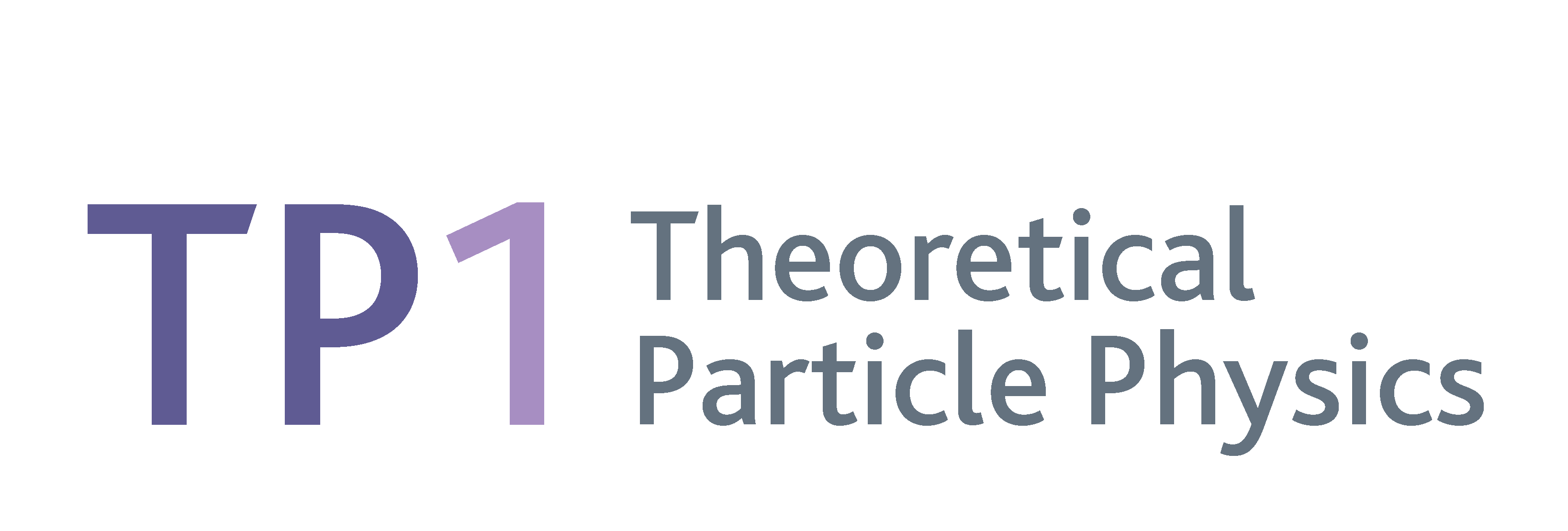TP1 Research Group – Prof. Dr. Alexei Pivovarov
The research area is a study of fundamental interactions of elementary particles – the deepest level of physical reality we are facing in our world. At present, most of the knowledge about this field is accumulated in the Standard Model of particle physics. The working language of SM is quantum field theory which employs rather advanced concepts and methods of modern mathematics. Doing physics we are interested also in a thorough comparison of theoretical predictions with experimental results that come from world-leading laboratories CERN, DESY, KEK, SLAC…
Working out theoretical predictions of the SM one encounters different levels of computational complexity. The description of the electroweak processes at accelerator experiments can reliably be performed within the perturbation theory in the coupling constants since the interaction is weak and cannot qualitatively change the structure of the particles. However a part of the SM responsible for strong interactions – quantum chromodynamics – requires the use of nonperturbative methods. Developing such methods is a very important task for the ultimate confirmation of the SM as the theory of elementary particles at the present energies.
Thus, the main topic of the research can be described as an analysis of QCD effects in the Standard Model.
Phenomenologically, the research is concentrated on the physics of heavy quarks and B-physics in particular. The lines of the research are:
- general properties of heavy quark expansions for B-meson widths and leptonic spectra with the use of heavy quark effective theory as a computational tool,
- estimates of numerical values of various matrix elements of higher dimension operators relevant for those expansions, both from first principles within the QCD sum rules approach and in models,
- radiative corrections to the coefficient functions of operator product expansions, in particular to the quark/gluon operator for the semileptonic decay width of B-mesons,
- calculation of long-distance effects related to the exchange of charmed quarks for the rare B-meson decays into strange hadrons and leptons,
Besides the research on heavy quarks, we are interested in a number of other electroweak observables in which QCD effects are crucial. In particular,
- an accurate estimate of the hadronic contribution to the muon anomalous magnetic moment that is very important for the search for new physics and precision tests of SM,
- analysis of the properties of light-cone distribution amplitudes for light hadrons such as kaons and pions for evaluation of some form factors at large momentum transfer where some tensions with the SM values have recently appeared.



